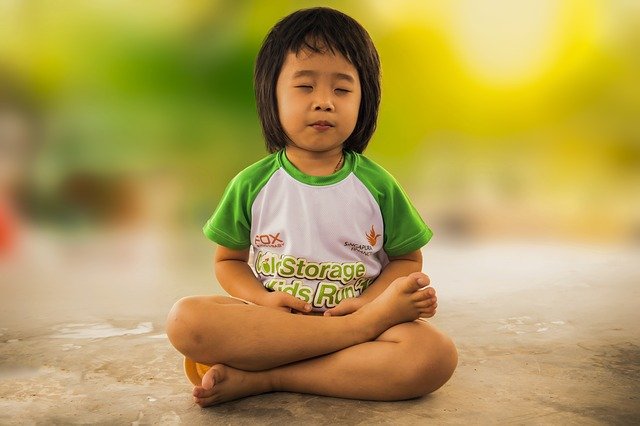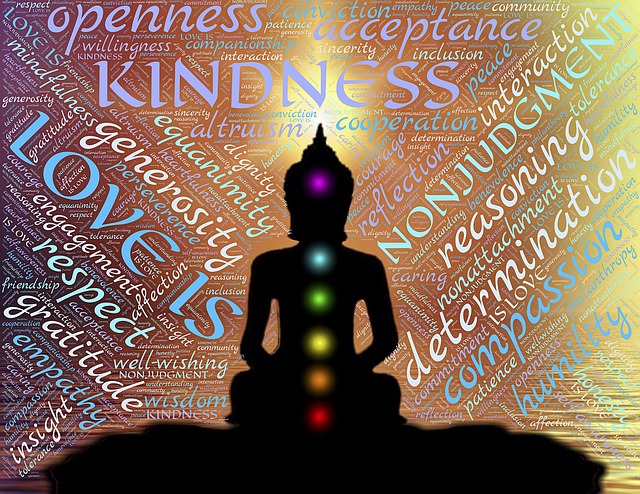Tom Heah presented a guided meditation podcast on Mindfulness of Thoughts through the Mindful Awareness Research Center (MARC), UCLA. Tom reminds us that we are often lost in thought either about the past or the future – all of which detracts from fully experiencing the present moment. In relation to the past, we might be absorbed by regrets about what we have done or failed to do; disappointed that certain outcomes (sporting, academic or otherwise) did not meet our expectations; or depressed about a broken relationship or lack of achievement or advancement. In relation to the future, we might be worried about the unintended consequences of our words and/or actions; concerned about loss of physical/mental capacities; or anxious about our financial situation or the pervasiveness of the pandemic.
Tom Heah is an occupational therapist and an experienced meditation trainer and practitioner with many years’ experience training facilitators of programs such as MBSR (Mindfulness Based Stress Reduction) and MBCT (Mindfulness Based Cognitive Therapy). He has a low-key and reassuring way of facilitating meditations and provides strong encouragement to “have a go” and try different approaches.
Guided meditation
Tom begins the guided meditation by suggesting that we focus first on “arriving” – being really present in body, emotions and mind. He encourages us no matter what our posture is (e.g. sitting, standing, lying down or walking) to become very conscious of our bodily sensations – are we bringing any physical tension or tightness to the meditation? He suggests we welcome any feelings that we may have at the start and to acknowledge their existence without blame or concern to shift them. As part of this grounding process, Tom asks us to tune into sounds around us without interpreting them or seeking to evaluate them in terms of pleasant or unpleasant – acknowledging that these sounds just exist outside of ourself but within our soundscape.
Tom then uses our bodily sensations as an anchor before moving onto the potentially disarming and distracting element of our thoughts. He encourages us to feel the solidness beneath our feet (whether through sensing the floor or the earth). He switches our focus to our palms – firstly, placing our palms downturned on our lap, followed by having them in an upright position and becoming aware of the different sensations associated with these alternative positions (e.g. tightness, tingling or warmth). This process can be followed by a full body scan moving from the top of our head to the souls of our feet.
When we have achieved some level of groundedness and being present to what is, Tom suggests that we become aware of our thoughts – their content, focus and associated feelings. He draws on the work of Joseph Goldstein, author of Mindfulness: A Practical Guide to Awakening, to assert that thoughts lead to action that, in turn, lead to consequences. To change the consequences, we need to change our thoughts but the starting point is awareness of our thoughts, their patterns and their reactivity to negative triggers. Joseph maintains that awareness of our thoughts leads to an “opening of the mind”.
Associated with our thoughts are emotions that are manifest in our body. Tom encourages us to return to our anchor, bodily sensations, to tap into the embodiment of our thought-provoked emotions. Again, we can become aware of the bodily sensations associated with particular emotions (e.g. anger can be reflected in muscular spasms or tightness; depression may be experienced as inertia; and nonspecific anxiety can manifest as fibromyalgia).
Reflection
As we grow in mindfulness and become more aware of our thoughts, emotions and bodily sensations through meditation and other mindfulness practices, we can learn to accept what is and achieve a level of groundedness and emotional control. Associated with these outcomes are increased resilience and heightened creativity in dealing with challenging situations and experiences.
______________________________
Image by Engin Akyurt from Pixabay
By Ron Passfield – Copyright (Creative Commons license, Attribution–Non Commercial–No Derivatives)
Disclosure: If you purchase a product through this site, I may earn a commission which will help to pay for the site, the associated Meetup group, and the resources to support the blog.









